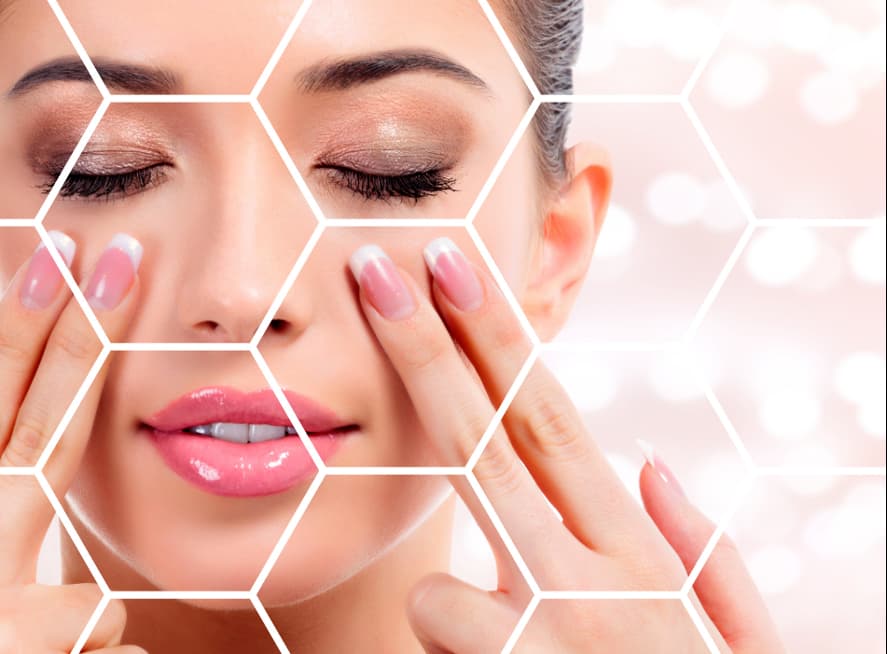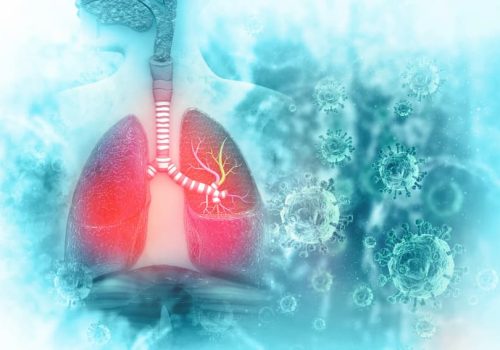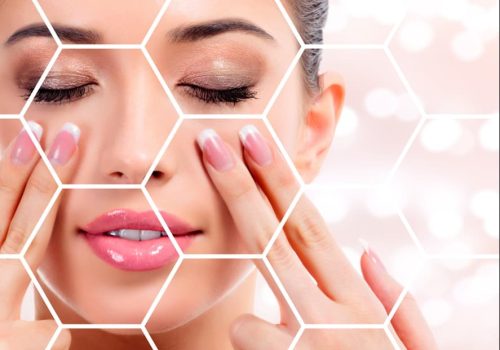Every day we wake up to encouraging news about the use of exosomes for sports injuries.
From the most common to the most complex.
Regenerative biomedicine is advancing, and strongly, among experts in sports medicine.
What are exosomes?
Exosomes, which are a tiny bag-like structure that forms inside a cell and contains some of the cellular proteins as well as portions of the cell’s DNA and RNA, act as proteins for some cells and are information carriers for others.
How do exosomes work?
When injected, they communicate with the intra-articular fluid and rapidly reduce the pain associated with the injury.
These microvesicles are applied to ligaments and tendons to strengthen and reinforce them.
The exosomes adhere to the surfaces of these tissues and cause the cells to respond to signals and begin to regenerate and divide, and also regulate the function of cells normally found in other tissues, such as chondroblasts and ostoblasts.
There are some characteristics that we must take into account about this new way of doing medicine by helping our own organism and enhancing its regenerative capacity:
- The organism itself is activated to perform a function stored in its genetic code.
It is driven to self-repair.
Herein lies the magic of the whole regenerative process. - It strengthens the tissue around the injury, reduces inflammation caused by inactivity and allows for greater functionality.
- Strengthening such injuries with new tissue allows for greater security for future injuries.
Thus, we find that a tissue that was previously worn, damaged and inflamed, after the application of exosomes obtains a functional recovery.
The level of recovery will depend on many factors: age, severity of the injury, recovery time, type of intervention, quantity of exosomes and their quality… A study recently published in the scientific journal “Stem Cells” by Dr. Vanderby, professor of orthopedics and rehabilitation at the University of Wisconsin-Madison, indicates that “…the exosomes are not only a good source of exosomes, but they are also a very useful tool to help the patient recover. on the ability of exosomes to reduce scar formation and up-regulate collagen type expression has been documented in models of tendon healing, but to our knowledge, this is the first study to report this in ligaments”
What’s next for regenerative medicine in sports?
Much remains to be developed, researched and analyzed in order to achieve standardized medical models and procedures that will allow us to have therapies agreed upon by the whole of medical society.
There are many lines of work, many specialists in different areas of work and research who are pushing this Biomedicine based on our body’s own self-healing procedures.
We are making progress, and thanks to this, medical solutions that were unimaginable until now can be offered.



















